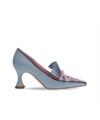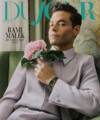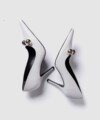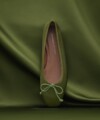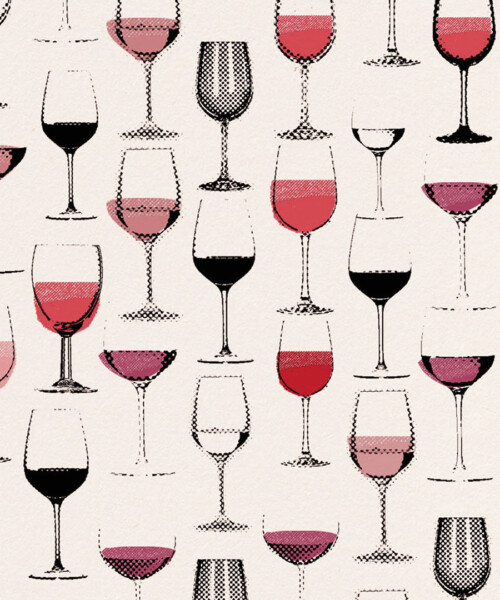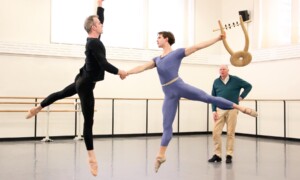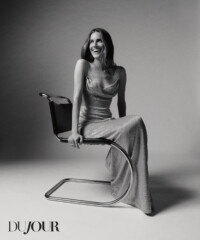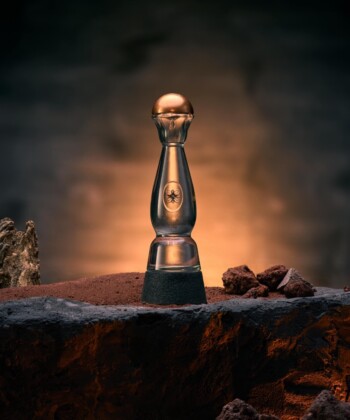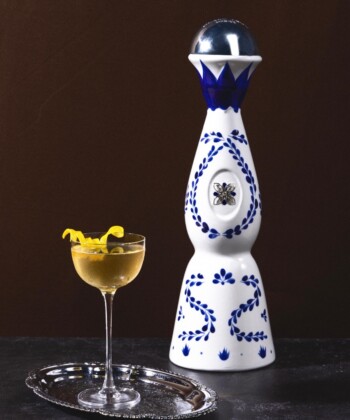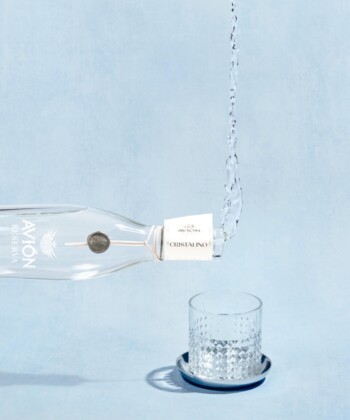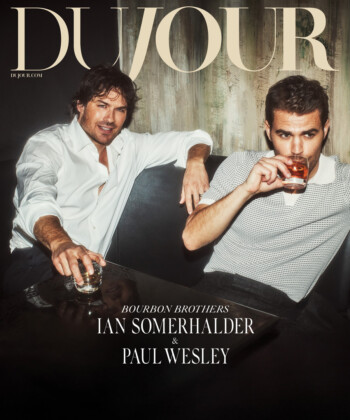Pairing varietals with food is not groundbreaking. Serve a crisp white with your sea bass or a bold red with your steak and dinner is a safe bet. But according to the experts, there’s a right (and a wrong) way to pair your wine with water—a process referred to as harmonizing.
Wine and food interact to impart different taste characteristics through one another, while water is meant to cleanse the palate to enhance the mingling traits of wine with a meal—making this addition to the table a way to balance beverages for maximum flavor.
According to Italian sommelier and President of ASPI Giuseppe Vaccarini, who’s been awarded with “Best Sommelier of the World” accolades, his choice for proper pairing: Acqua Panna for a superb still water and San Pellegrino for sparkling—served at a temperature of eight to 15 degrees Celsius. Acqua Panna is a natural spring water, filtered though limestone that’s sourced at the Medici estate in Tuscany, and San Pellegrino is a sparkling mineral water that’s sourced in the mountainous pre-Alps of San Pellegrino, about an hour outside of Milan. Both Italian brands are meant to accompany fine dining, so it’s only natural that they pair well with wine.
According to Vaccarini, water actually embodies most of the characteristics in wine, including structure, minerality, body, persistence, balance and acidity. “Wine has a body (think of skimmed milk versus full-cream milk). Body or structure is the sum of [all] elements [in] the wine,“ says Vaccarini. He explains that both wine and water come from nature and derive their main elements from the soil, a reason why they match well together. “It’s the same between specific traditional foods with wines produced in the same area—they make the most harmonious pairing because of their origin.”
And now, according to Vaccarini, here are a few rules of thumb for pairings.
Fresh & Fruity Whites, Rosé and Moderate Alcohol Wines
Due to the lightness, medium body, low mineral content and balanced taste of water that’s reflective of a still, especially in the aforementioned Acqua Panna, this water should be paired with white wine (except those aged in small barrels), rosé and wines that have moderate alcohol and similar structure to the water. “In fact, to reach the best combination and bring out the qualities of both it is necessary to sip them alternately, wine and water. They will create a pleasant sequence of sensations that follow and overlap each other, without either one overpowering or annulling the other,” says Vaccarini.
Young Reds and Full-Bodied Wines
According to Vaccarini, both young reds and full-bodied reds pair best with a sparkling water, such as a light bubbled San Pellegrino. These wines have intense, fruity fragrances, acidity, salinity and high tannin levels that enhance the gustatory persistence on the mouth and stop salivation, giving your tongue a sensation of dryness and a touch of bitterness for a few seconds. Vaccarini explains: “Following with a sip of sparkling mineral water, the C02 will be able to immediately open your papilla, salivation will start again and the structure of the mineral water will harmonize with the structure of the red wine, creating a very pleasant taste in the mouth.”
Both Still and Sparkling
“If there are rules, there are also exceptions,” says Vaccarini. He explains that for people learning to taste wine, it’s essential to practice harmonizing the two styles of water with many varietals for an immediate gastronomical answer; wines involve a wide set of variables, and the solutions in terms of taste are practically limitless. Short answer: Grab a still, grab a sparkling and stock the bar.
MORE:
Six Wine Accessories You Need Right Now
Are We In the Midst of a Chardonnay Revival?
The Truth About Chilling Red Wine

















